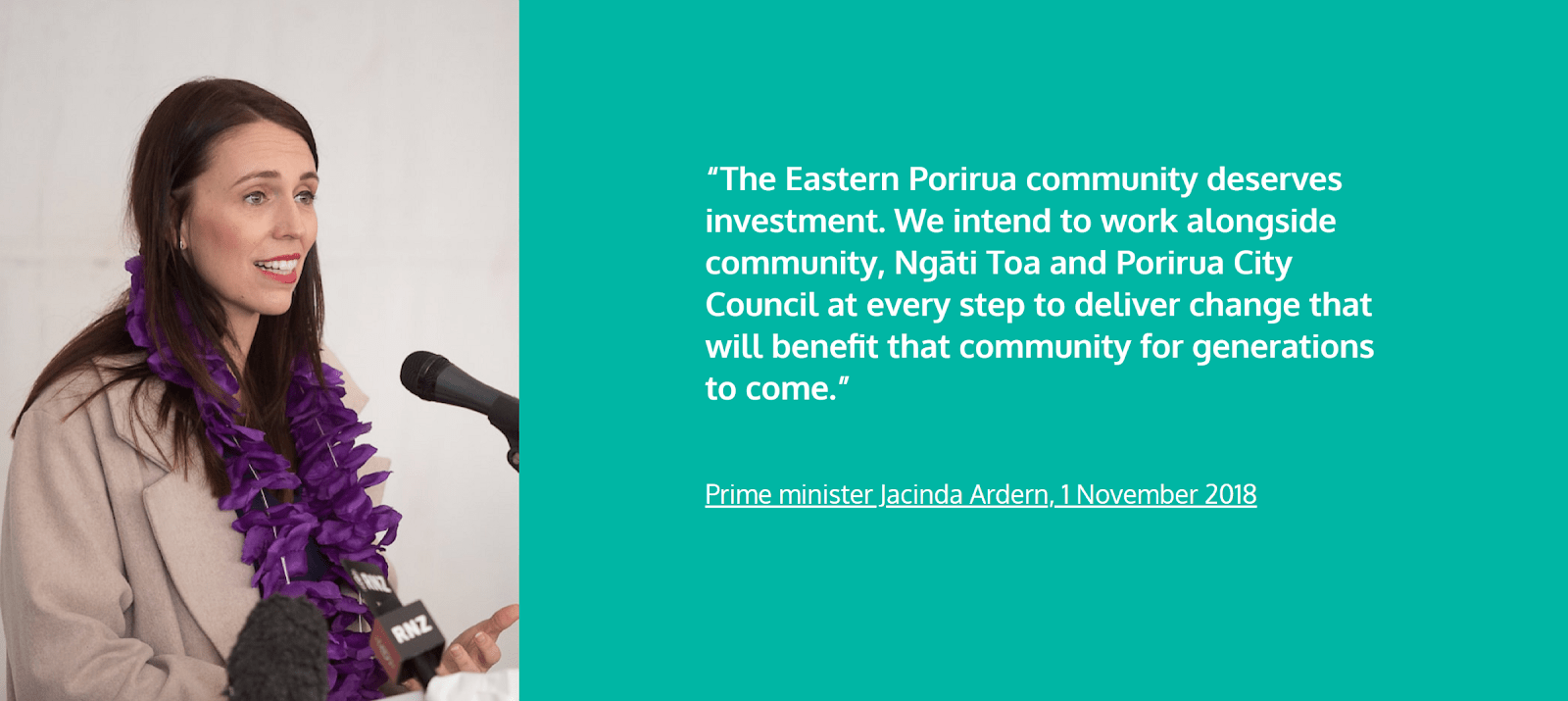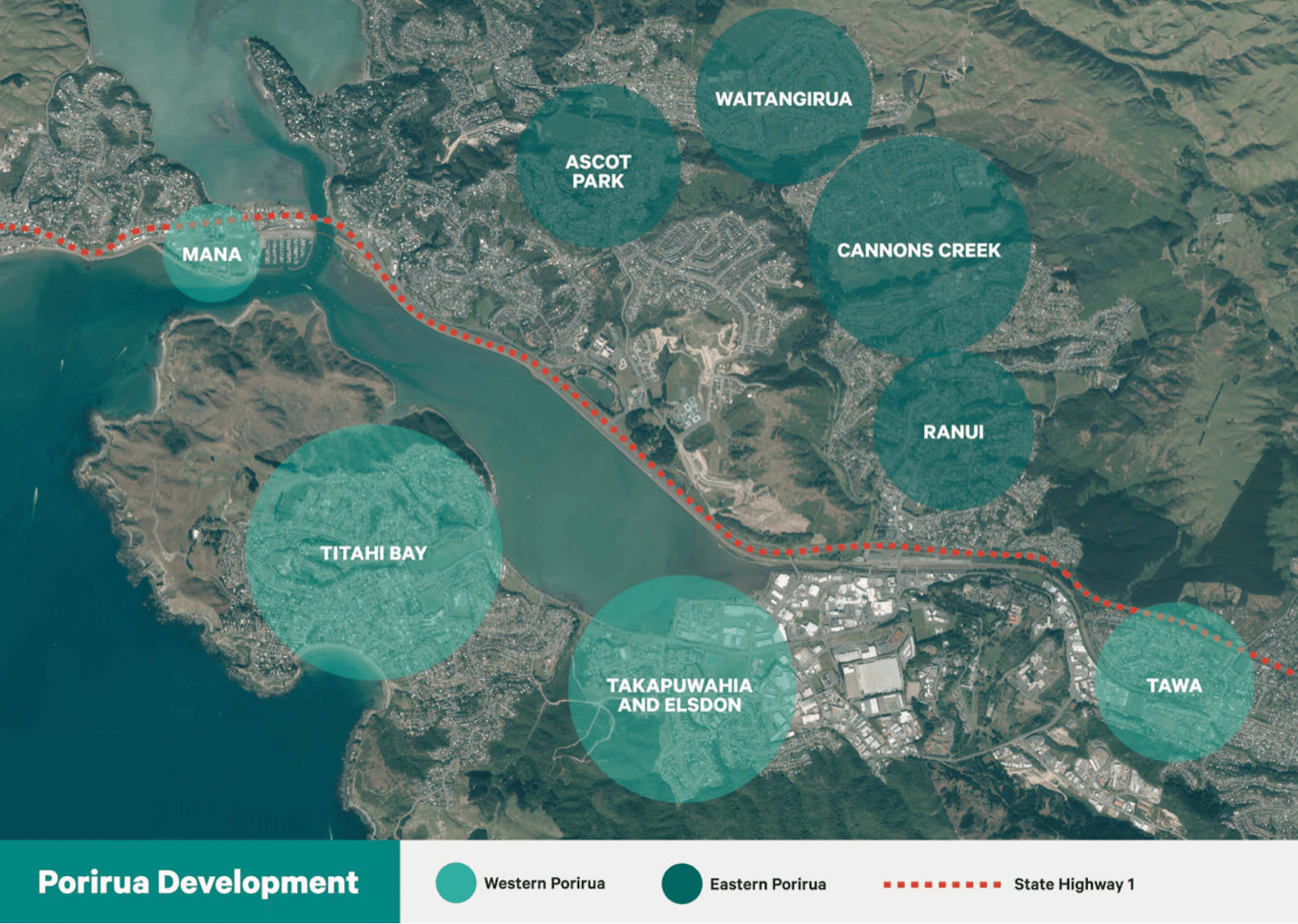How did it turn out?

The solution we provided allowed for truly meaningful input from the community and in-turn allowed HLC to structure it’s development plans based on the feedback they were provided by the community.
This helped HLC gain the trust of the community, knowing that HLC would be working to develop in their best interests and in a way that would increase the social and economic growth for the area. This style of engagement has shown that the lack of transparency and engagement between organisations and communities can easily be solved with the right technology.


